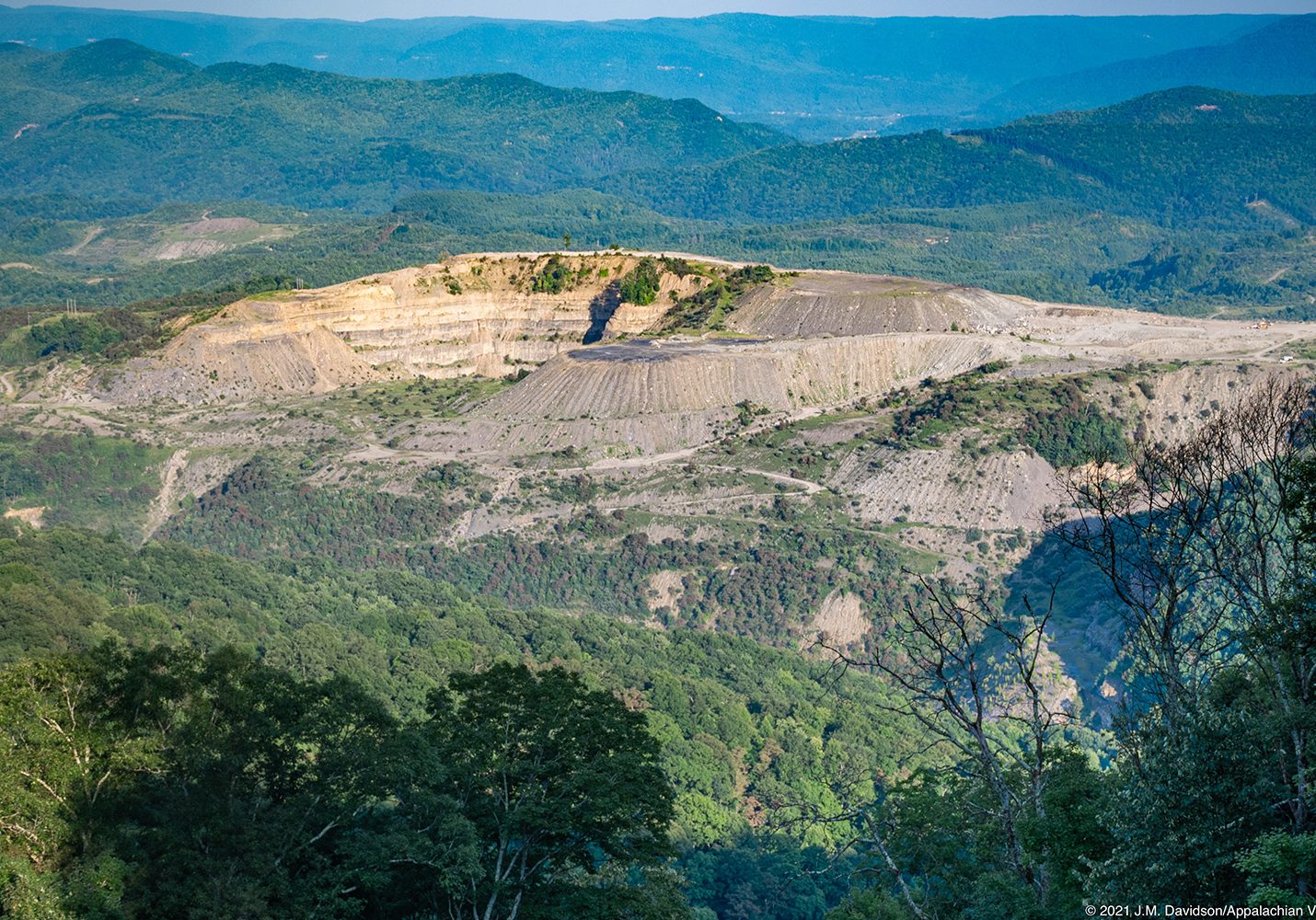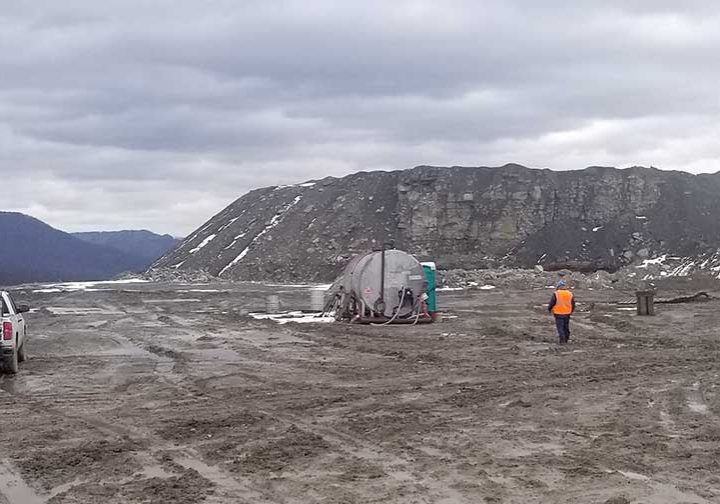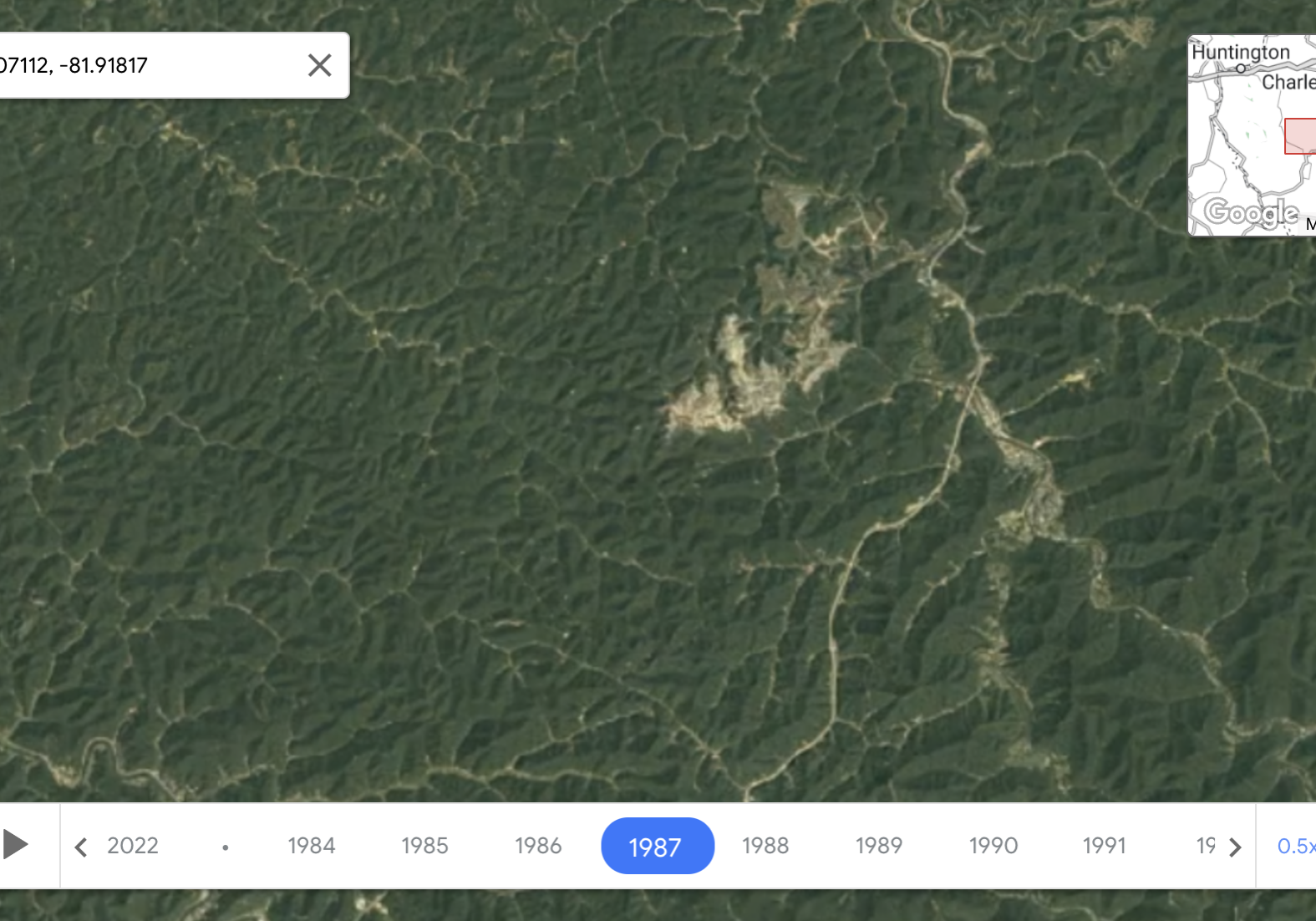Appalachian coal communities have powered the country for more than a century. But as demand for coal declines, companies are often failing to repair the land they have already mined, cutting corners to save money.
Coal companies are supposed to repair damaged land and water as they mine to help limit harm to people, wildlife and waterways. But many companies are failing to clean up after themselves, and state and federal authorities aren’t using the tools available to them to hold coal companies accountable.
More than 600,000 acres need to be cleaned up at current mines in the East. “Zombie mines” are leaving people in danger of landslides, increased flood damage and other problems, and changes are urgently needed.


The failure of the mine reclamation system
The process of restabilizing mined lands, planting vegetation, fixing safety hazards and repairing water pollution is known as mine reclamation. Before 1977, coal companies were not required to reclaim their mines, and they abandoned thousands of polluting sites. These decades-old abandoned mines are being reclaimed through the Abandoned Mine Lands Fund, which received a much-needed $11.3 billion boost in 2021 through the bipartisan infrastructure law.
When Congress passed the Surface Mine Control and Reclamation Act of 1977, they wanted to be sure no mine was ever abandoned again without cleanup funds in place. The law requires coal companies to clean up disturbed areas soon after mining and to post bonds that show that they have funds available for cleanup if the responsible company fails to do so.
But today, the mine cleanup system is failing as more companies declare bankruptcy or avoid reclamation. For years, coal companies have failed to put aside enough money to pay for cleanup, leaving many states without sufficient funds to clean up these sites. Coal-mining communities in Appalachia and around the country are already experiencing a new wave of abandoned mines — and this time, there’s no backup fund to deal with the mess left behind.
Stop Zombie Coal Mines
Functionally abandoned coal mines, or “zombie mines,” put people at risk, threaten our water and drag down our local economies. Learn how a coalition of more than 50 groups across the United States are addressing this serious problem.

News
- No Time to Waste Averting Another Coal Mine Cleanup Crisis (Front Porch Blog)
- WATCH: Why Coal Companies Love Bankruptcy (Bloomberg Businessweek)
- West Virginians Could Get Stuck Cleaning Up the Coal Industry’s Messes (Mountain State Spotlight and ProPublica)
- Mine Cleanup Concerns Grow as Industry Declines (The Appalachian Voice)
- WATCH: How a ‘Clean Coal’ Mogul Became a Big Coal’s Fall Guy (Bloomberg Businessweek)
Learn more

EXPLORE: Mining & Cleanup 101
Walk through this interactive interface to learn about the coal mining and mine cleanup process

REPORT: The Costs of Delaying Reclamation at Modern-era Mines
A 2021 examination of the outstanding reclamation needs at modern surface coal mines in the East found more than 633,000 acres in need of cleanup, at an estimated cost of $7.5 to $9.8 billion. Bonds available for cleanup amounted to $3.8 billion.

The Problems with the Mine Cleanup Bonding System
Four reasons why mine reclamation bonds aren’t funding mine cleanup as intended

Time-lapse: Mountaintop Removal Before and After
Satellite images from 1984 to 2022 show the expansion of three mountaintop removal coal mines over the years and the lack of remediation at many locations.

